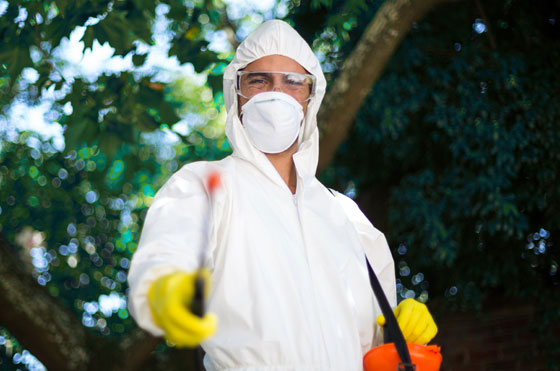Building a new house? Have you taken adequate measures against termites?
Protection against termites involves both a physical and chemical component. These are best installed during construction and are intended to keep termites from damaging your home. Because of termites’ history of doing major damage to property, the Building code of Australia (BCA) now requires new homes, condos, apartments, and townhouses to be constructed with termite management systems.
Assuming you’ve got quality termite protection and regularly maintain it, you’ll have a good chance of preventing termites from doing some serious damage. If you don’t take preventive measures, it may only be a matter of time.
Why Does My Home Need Termite Protection?
The BCA requires all new homes to be constructed with termite protection. This means that your door frames, door jambs, architraves, skirting boards, window frames and reveals should all be treated as they are areas of your home prone to infestation. They are made of wood, which is exactly what termites are looking for. Specifically, it is the cellulose that makes up wood that is subterranean termite food.
Although the BCA sets the minimum standard, you would be wise to go above and beyond, especially if your home is in an area that is especially prone to termite infestations.
Australian Standards
Australian Standard AS 3660.1-2000 defines the termite protection that Australian homes must have and how they are to be used.
Even during the inspection process, building inspectors look at the termite management system(s) to ensure that it meets the standards. Construction won’t be permitted to commence if it doesn’t.
As aforementioned, there are two components to termite protection: physical and chemical.
Physical Barriers
The overall structure of your home will determine the type of physical barriers that will need to be put up. If it’s being constructed on wooden stumps, for instance, you’ll probably need ant capping, which means that your stumps will be capped with metal to separate the wood.
Sometimes stone, gravel, or steel mesh is used if your home is built on a slab to keep termites from digging their way up to your house. These physical barriers are often coupled with chemical barriers like soil treatments for the best results.
Chemical Barriers
Chemical barriers don’t just hinder termites – they have the potential to eliminate the entire colony. This is where termiticides come in. These are chemicals that are created with the idea that termites will take it back to the nest and kill the entire colony and the queen.
It’s also worth noting that any chemicals that you use must be registered with the Australian Pesticides and Veterinary Medicines Authority (APVMA). This ensures that no harm is dealt to the surrounding area and its inhabitants.
In the process of constructing your home, the chemical barriers are often installed in what is called a reticulation system, meaning that they will completely surround and protect your home. Of course, they must regularly be maintained and replenished by a qualified and licensed pest control service in order to be effective.
Who Installs The Termite Protection?
As previously mentioned, a qualified, licensed professional must be the one installing termite protection in your new home. There are two different categories of licenses: Termite Management – Chemical and Termite Management – Physical.
The individual(s) doing the installation should also be able to show you a Pest Control Operator’s License upon request and be properly insured.
There are similar expectations for people who are qualified to carry out home inspections with regard to termite protection. Only contractors who are approved by the Victoria Building and Construction Commission (VBA) can do it. They must carry their license and liability insurance with them.
Even after the initial inspection, it’s important to have a professional come in to inspect annually to ensure that you are properly protected.
Why Won’t The Initial Termite Protection Installation Be Enough?
There are several reasons why you should regularly maintain and have inspections carried out on your home to further your termite protective measures:
Home Renovation Activities:
Even a seemingly innocent rose-bed could affect your termite management system. How much more a home renovation, extension, installation of a driveway, path, or even just landscaping. Soil movement due to floods and storms can also have an impact. Your home and your yard will change – your termite management system must too in order to remain effective.
Neglect:
It isn’t enough to install the first system. You need to regularly maintain and inspect it. Chemical barriers need to be reapplied to stay effective. You need to read the guidelines of the system and understand the specifications properly. There is a life expectancy for every component so make sure you keep on top of it and have a professional maintain it.
Early Detection:
Finally, one of the most important reasons you have to keep having someone inspect your property is to detect any problems before they become big (and costly) issues. If you don’t regularly have this done, you may very well void your insurance and warranty. A problem detected early on can be dealt with accordingly before too much damage is done. Think about how much you would have to pay if you let it get worse. Prevention is better, isn’t it?
Thank you for reading our guide on termites. Click here to visit our contact page if you would like to barricade your home or business from termites!

